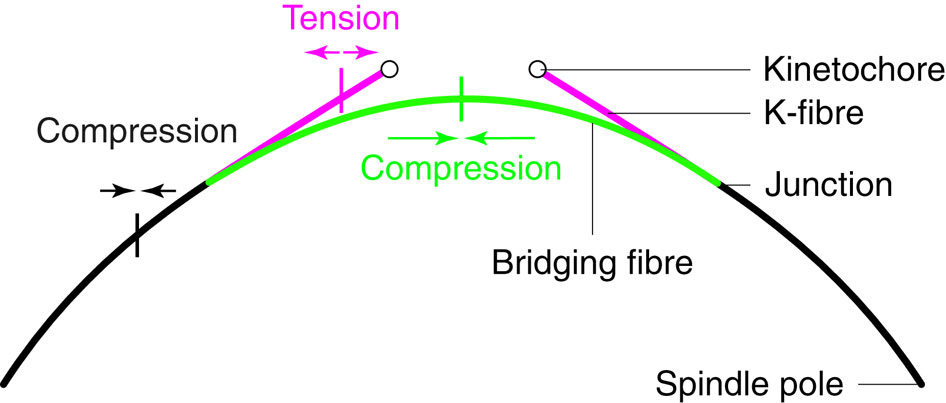The results of this study are changing the paradigm of the balance of forces in the mitotic spindle, and published by the prestigious scientific journal Nature Communications under the title: ‘’Overlap microtubules link sister k-fibres and balance the forces on bi-oriented kinetochores’’.
The research was conducted by a team of six authors from the RBI group led by Iva Tolic and three authors from the Faculty of Science, where Nenad Pavin led the theoretical part of the research.
In this interdisciplinary research scientists have combined cell biology and genetics with theoretical physics, advanced techniques of microscopy, including optical manipulation, such as laser scissors, along with mathematical methods and computer science. The theoretical description of the forces of the mitotic spindle was developed by physicists from the Zagreb Faculty of Science.
Prof. Tolic emphasized this study was very important to her, since it represented the first results of the more than 2 million euros worth European Research Council (ERC) project, which was awarded to her last year. Moreover, this study proved the hypothesis on which the project was based, and that is the existence of the so-called bridging microtubules that actually bridge the mitotic spindle.
Mitotic spindle is a micro-machine made of microtubules, which divide the chromosomes by pulling on kinetochores, protein complexes on the chromosome. The connection between microtubules and chromosomes are kinetochores, protein complexes on chromosomes. The key question in the field is how the forces are exerted on the kinetochores.
According to the current paradigm, the forces on kinetochores are produced by k-fibers, bundles of microtubules extending between the spindle pole and the kinetochore.by applying cutting-edge microscopy and laser microsurgery technique they have shown that a bundle of non-kinetochore microtubules, which they term ‘bridging fibre’, bridges sister k-fibres and balances the interkinetochore tension.
In this paper, by using a theoretical model that includes a bridging fibre, the scientists showed that the forces at the pole and at the kinetochore depended on the bridging fibre thickness. Moreover, their theory and experiments showed larger relaxation of the interkinetochore distance for cuts closer to kinetochores. ‘’We concluded that the bridging fibre, by linking sister k-fibres, withstood the tension between sister kinetochores and enabled the spindle to obtain a curved shape.’’ – explained Tolić.
This paper reviews the current paradigm, according to which the tension between kinetochores depends only on the molecular events at the ends of the k-fibers, and indicates that the existing models of the mitotic spindle will have to expand as to include the forces created by bridging fibre.


